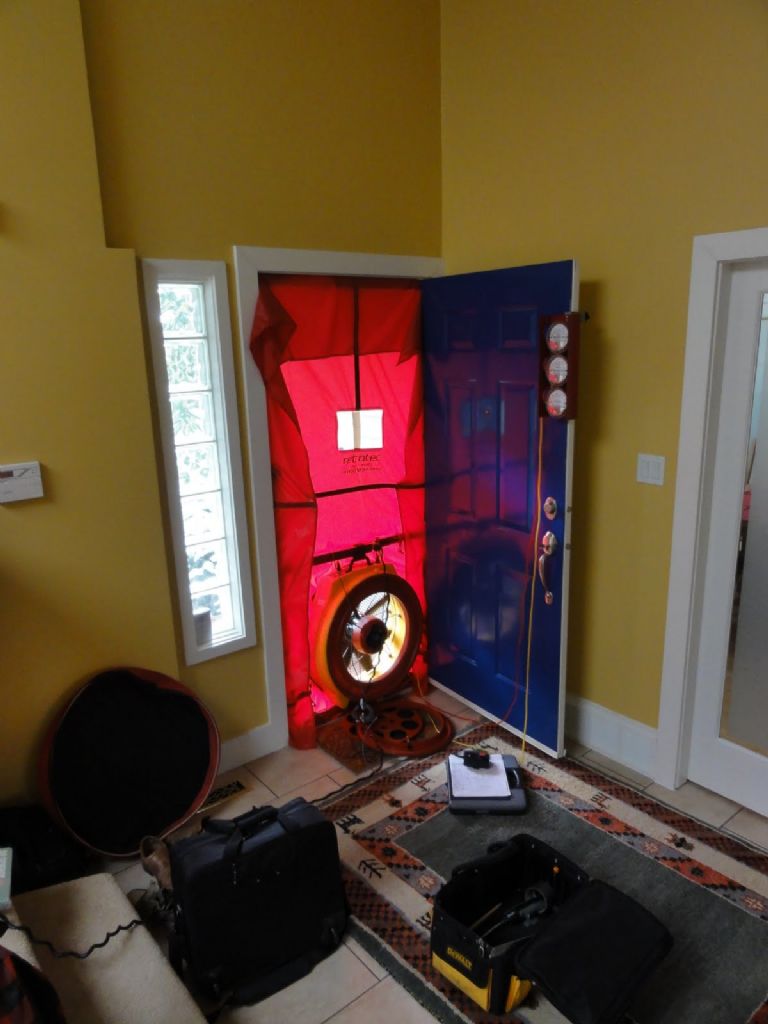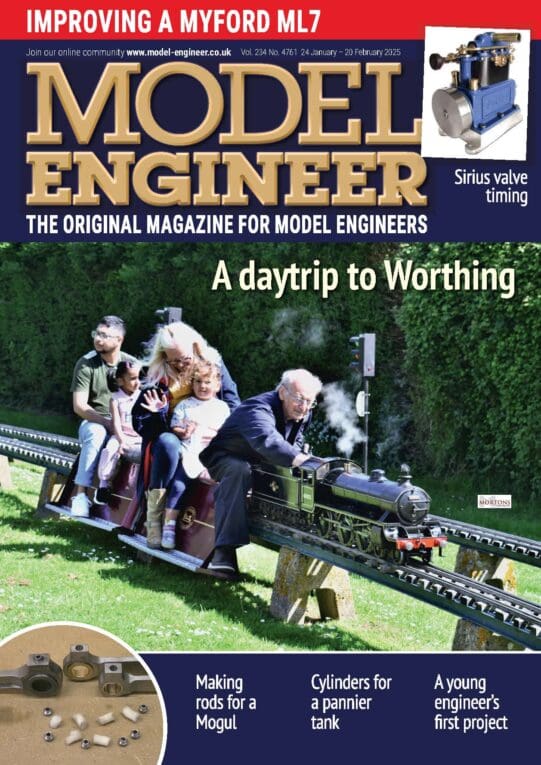I think it was Coleman the made a small fridge with a Stirling cryocooler, don't know it they are still available.
On completing a small unpressurised Ross Yoke ALPHA type hot air engine, I powered it up with another of my motors of similar power, and after a 20 minute run the hot cap was frosty white, and the thermometer was at -20*C, driving it with a more powerful motor would no doubt reduce the temperature more.
If you deside to build a Stirling Engine to run as a cryocooler, the weight of parts is not so important, nor is friction, in other words it should be built some what more robustly with a heavier crankshaft, con rod etc. Even a fairly small one, unpressurised would be best powered by something like a 1/4hp electric motor. Good cooling is very necessary. This would be for a motor the size of my Ross Yoke motor, 20 mm stroke, 35 mm bore. after driving the motor I noticed that the 1/4" dia crankshaft was bent, and the flywheel wobbled quite badly, it did straighten to a little wobble, a 3/8"/10 mm would be a minimum size. Conclusion, it wouldn't cool a fridge the size of a shoe box.
Ian S C
Edited By Ian S C on 10/11/2015 10:33:04
 JasonB.
JasonB.





